What is a camera aperture and what does it affect?
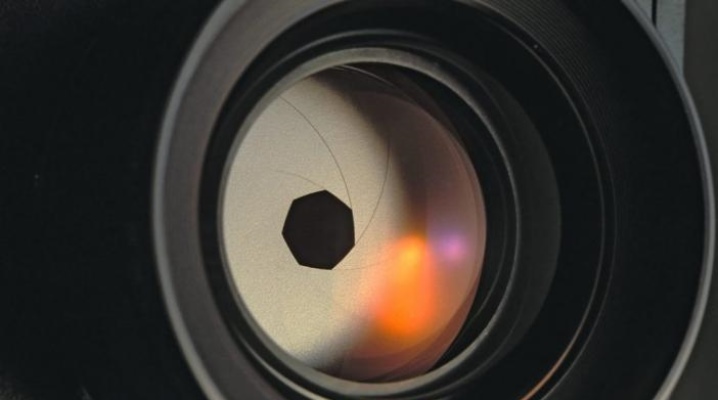
Modern cameras can have different filling, this changes their cost, and most importantly, the image quality. DSLR cameras with good optics are considered the most desirable, with their help you can achieve the perfect quality of even the smallest objects. To get good pictures, in addition to a professional device, you also need knowledge of its operation. One of the fundamental points is the setting of the desired aperture, therefore, the study of all the functions and capabilities of the camera is necessary for full-fledged work with it.
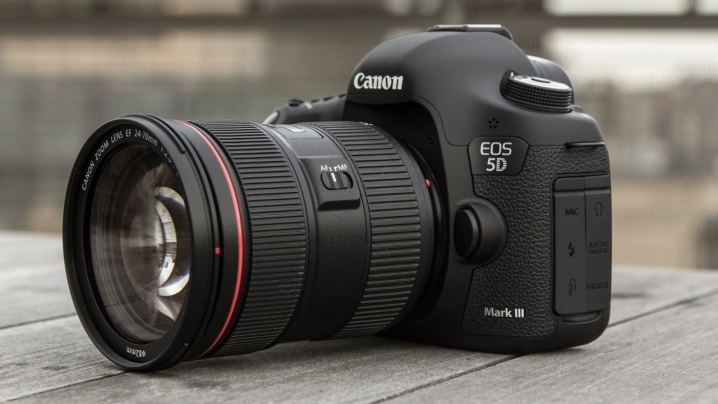
What it is?
SLR cameras have a more complex structure compared to "soap dishes", the main difference is the materials used to manufacture the equipment and the ability to change lenses. It is thanks to the power of the lens and its characteristics that you can achieve more beautiful, high-quality and deep photos. In addition to the ISO and shutter speed settings on the camera, there is also a very important detail called the aperture of the camera.

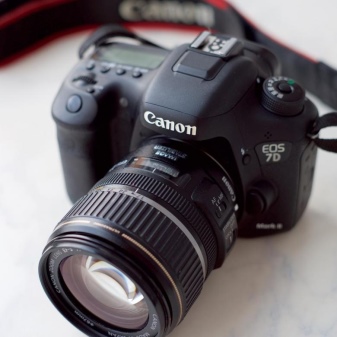
The diaphragm is also called the aperture, which in Greek means "partition". This detail is located in the lens, thanks to it it is possible to adjust the blur and clarity of the background, as well as the outlines of objects in the frame, to make them brighter or darker. To explain the principle of operation of the diaphragm in simple words, you can compare it with the human eye, when a large amount of light enters, the curtains close as much as possible, letting in a minimum of illumination, and in a dark space, the diaphragm is completely open to get maximum light.
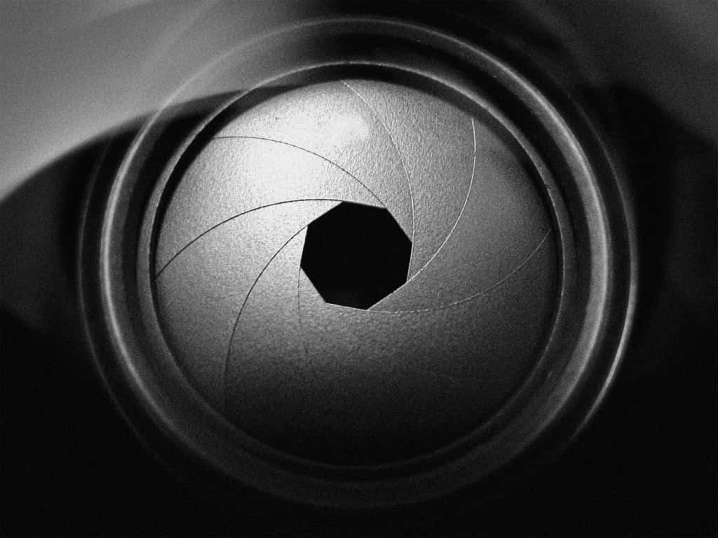
The camera aperture has the form of an opaque partition, consisting of several elements, which, when moving, form a hole with a variable diameter. The center of this hole is in the same place as the optical axis of the lens. To adjust the aperture, you need to use special dials that are built into the camera itself. The aperture is denoted by the letter f and such numerical values: 1, 1.4, 2, 2.8, 4, 5.6, 8, 11, 16, 22 or by means of markings: 1 / 2.8, 1/4, 1/11, etc. Each value when you turn the dial will increase the previous one by 1.4, thereby making the hole in the lens 2 times larger.
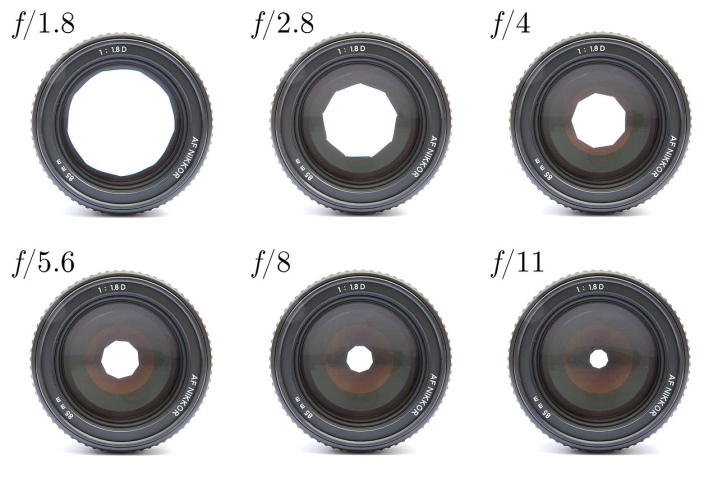
When setting the optimal aperture, it is worth remembering that the larger the number on the disk, the smaller the gap in the lens will become, allowing a minimum of light to pass through.

When choosing a good camera, it is worth purchasing several lenses with different focal lengths for it at once, since the aperture in them will be radically different. Despite the fact that in any lens with the same parameters on the camera disk, the amount of light that enters in will be the same, due to the difference in distance, the size of this hole will differ. In a film camera, the control system is similar to modern SLR cameras, but it is much more difficult to change parameters such as aperture, ISO and shutter speed, sometimes you even have to change the film for this.
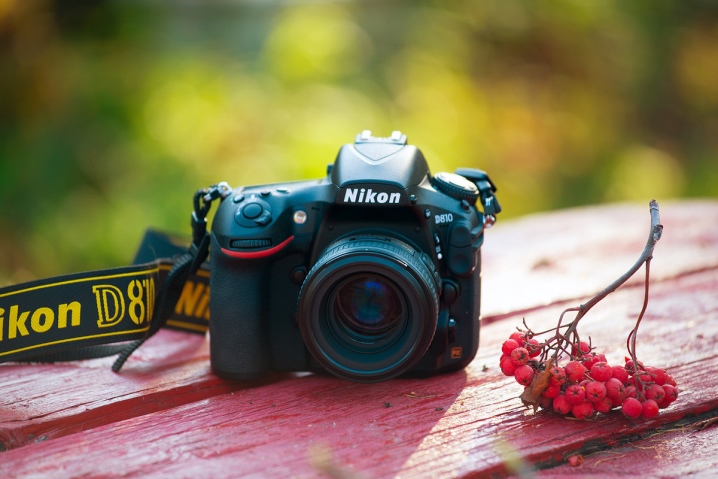
Device and principle of operation
Modern SLR cameras have a wide range of functions, modes and a variety of settings that you need to understand before starting a full-fledged work with technology. One of the most important things to consider when setting up a camera is working with the aperture. Understanding how to correctly expose it, what it affects and in what cases certain values are set, you can get high-quality, clear and bright pictures. The diaphragm works quite simply, a hole of different sizes is formed inside the lens to allow a certain amount of light to pass through. Clearance adjustment is made possible by the aperture blades.
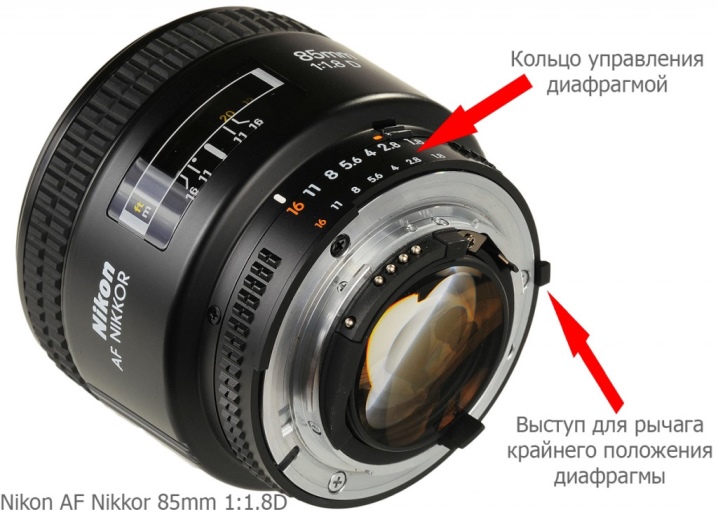
There are three options for adjusting the aperture on your camera.
- Revolving, when the diaphragm has the form of a disk, in which there are holes of different diameters. This principle can be found in the cells of the 19th century. and the most simple cameras and optical devices.
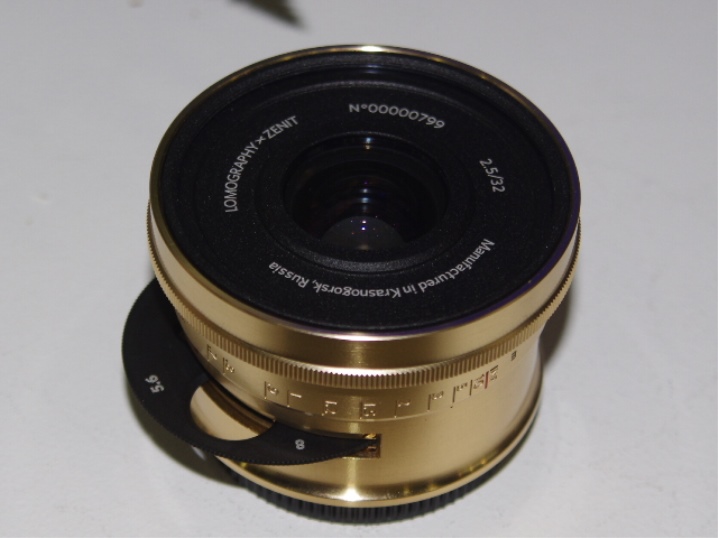
- Plug-in, with a plate-like aperture in which there are holes of different sizes, they are inserted into the slit of the lens barrel between the lenses.
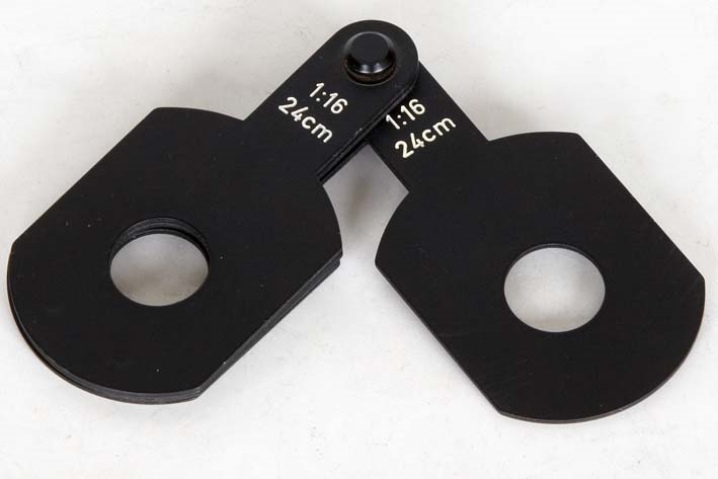
- Iris, the most common type of aperture for cameras and camcorders, which allows you to quickly and steplessly adjust the size of the opening. An additional advantage of this option is the compact size of the structure.
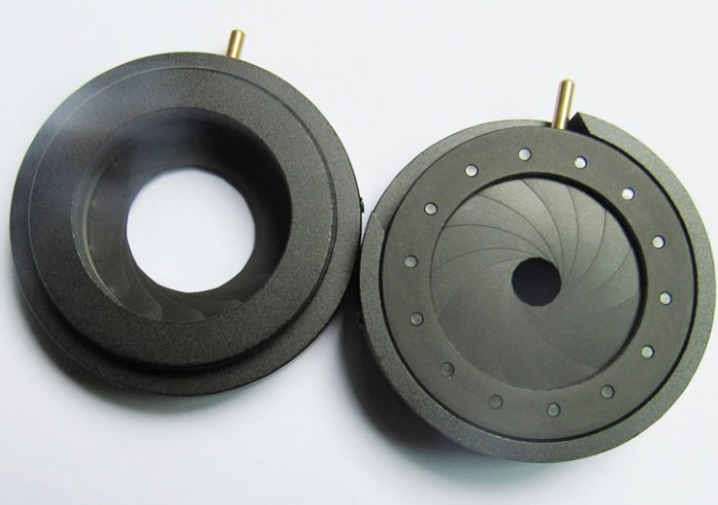
By setting the aperture to the maximum open position, you can achieve bright, clear and vivid photos, since enough light enters the lens. By setting the aperture to a position where the lumen is almost closed, you can get dark and muted images.
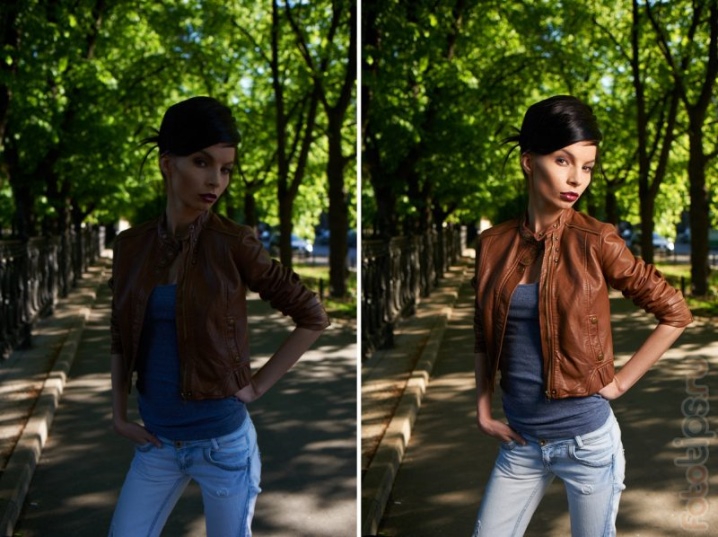
What does it affect?
Inexperienced photographers often do not understand what exactly the aperture gives and why spend so much time on it. Aperture affects:
- the amount of light entering the lens per unit of time;
- control of indicators of depth and sharpness of the displayed object;
- brightness of the image;
- quality and sharpness of the picture, and also allows you to effectively use various effects without affecting the clarity of the pictures.

Each aperture value on the camera corresponds to certain conditions: illumination, distance of the subject in the frame, the presence of other objects in the picture, the angle of incidence of light, etc. A professional photographer takes clear, vivid pictures of nature, muted photographs of evening landscapes, creates unique shots of the surrounding reality thanks to impeccable control of the aperture setting.
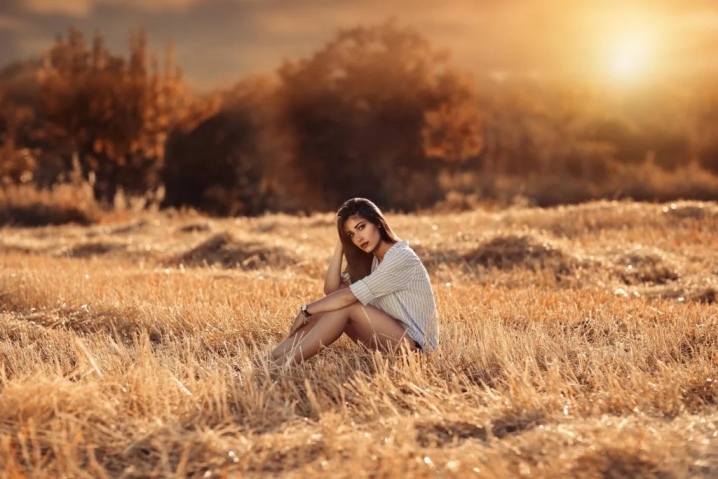
For the first steps in mastering the craft, it is worth remembering at least a few principles of the aperture: an open diaphragm allows maximum light to pass through and fills the frame with brightness, while a closed diaphragm reduces the flow of light, drowning out the color gamut of the photo. The luminous flux will be different indoors and outdoors, on a fine sunny day and in cloudy weather, so the photographer should be able to navigate such changes and tune his camera to obtain optimal images.
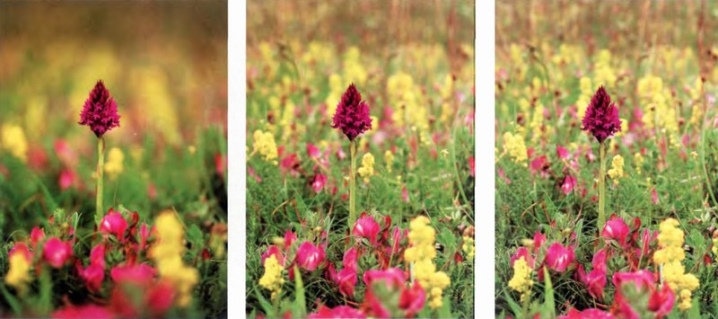
If the setting is not suitable for the environment, you will not be able to achieve good quality, sharpness, and exposure.
By the amount of incident light
Photography can be carried out in open space and indoors, the main difference will not be the environment, but the amount of light that the camera captures. On the street, in the daytime and in sunny weather, there is a lot of light, therefore it is possible to independently adjust the size of the aperture aperture to obtain the desired photos. In indoor conditions, the illumination is often not enough, therefore it is important to configure the camera so that it captures the light flux necessary for the picture, which will allow you to get a high-quality and bright picture.
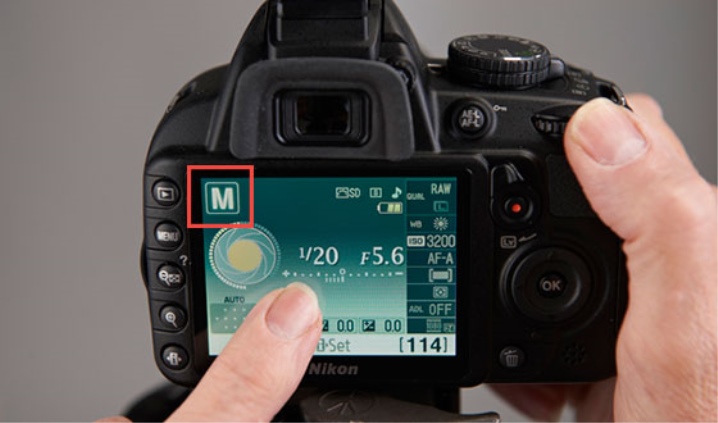
In addition to adjusting the aperture, you will need to set the shutter speed and ISO, without which it is difficult to get a beautiful photo.
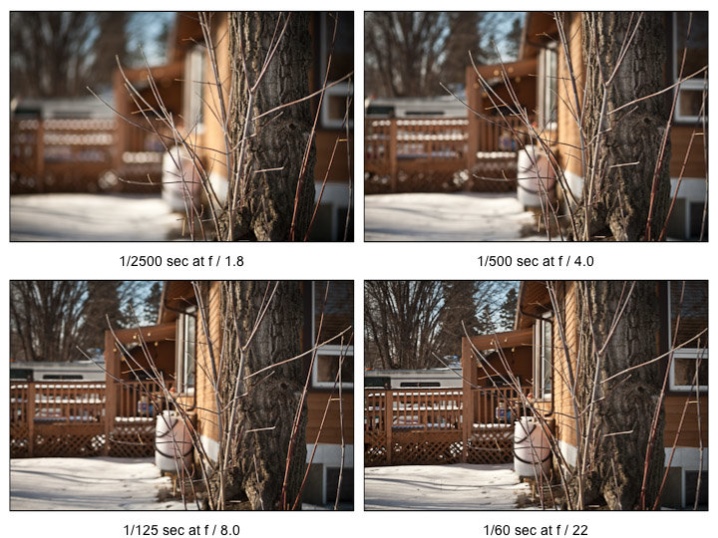
In order to find the optimal numerical aperture value for different conditions, it is best to experiment and take a series of photos under the same conditions, but with different aperture values. Each photographer has his own vision, so there are no clear guidelines for the use of certain values under certain conditions., you can read only certain recommendations on this issue.
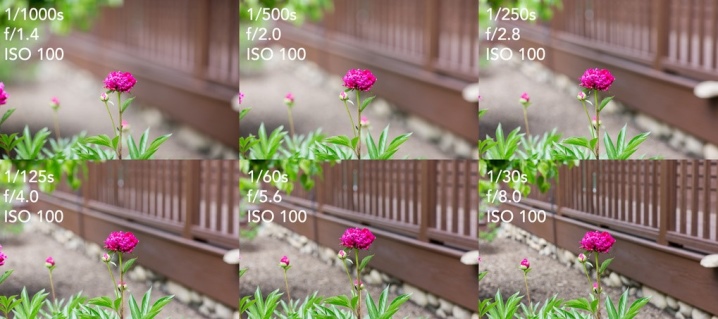
On the DOF
One of the equally important indicators for obtaining good photographs is the ability to correctly set DOF (depth and sharpness of the depicted subject). Due to the fact that the foreground and background can be marked or made clear, the photographer has the ability to play around the image, make it unusual and original. The same photo will look different when the background or foreground from the main subject is blurred.
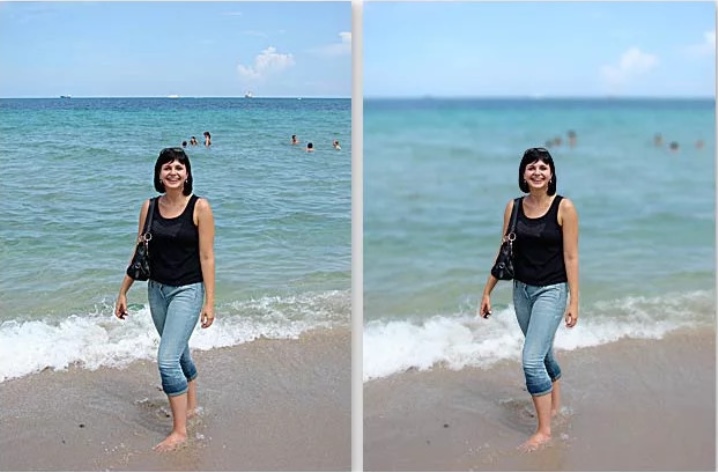
Thanks to the ability to set the aperture and adjust the depth of field, you can focus on an object in the frame, highlight something or blur the general background, if the photographer's idea requires it.
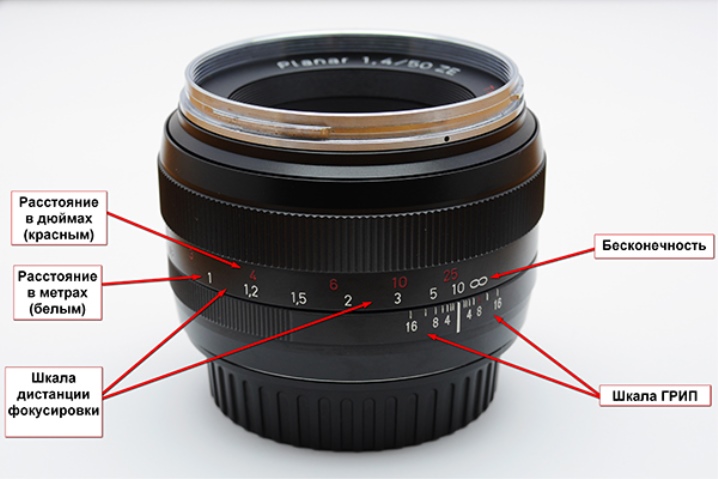
In order to master the depth of field settings, it is also worthwhile to conduct a series of photo sessions at one object with changing the settings. When the aperture is opened, the DOF will decrease and vice versa, that is, to blur the background, you need to set the minimum f value, and to sharpen it, increase the digital value of the aperture.
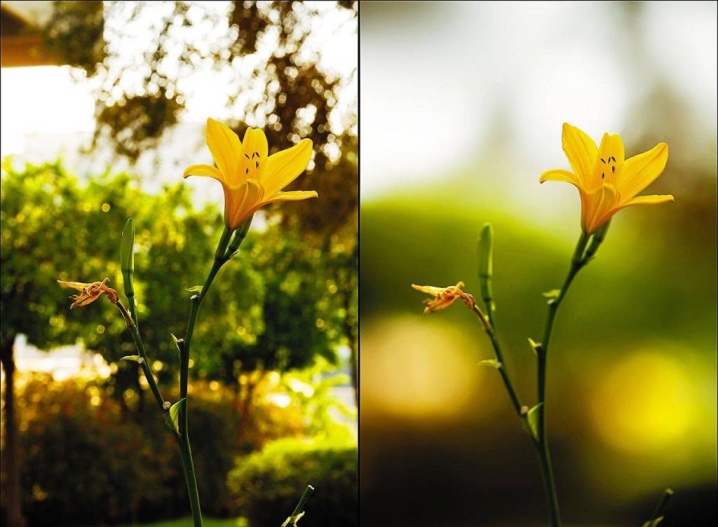
On bokeh
Another important parameter for getting a good shot is bokeh. This term refers to the expressiveness of a blurred background and the presence of spots on it. If the lens has a small number of blades, then when the aperture is closed, instead of a circle in the center, various shapes are obtained, which are reflected in the background. Often, such reflections are in the form of nuts or washers; by their presence, you can determine the quality of the image and the camera itself.
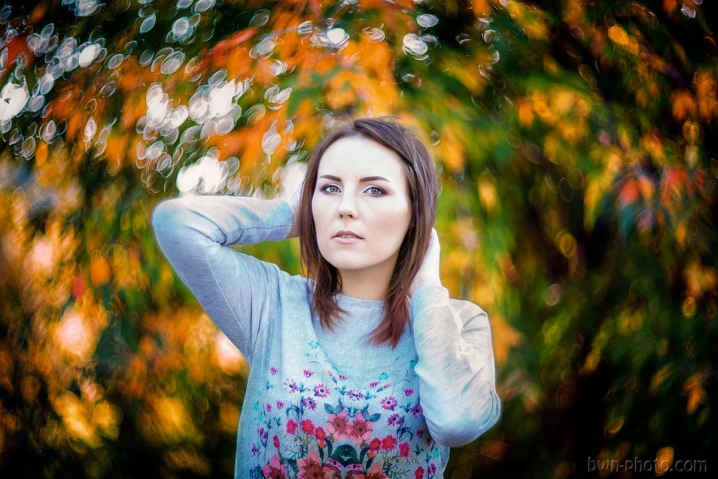
Modern lenses are made more progressive by rounding the edges of the diaphragm blades, which allows you to achieve the most round aperture even at the smallest open aperture.
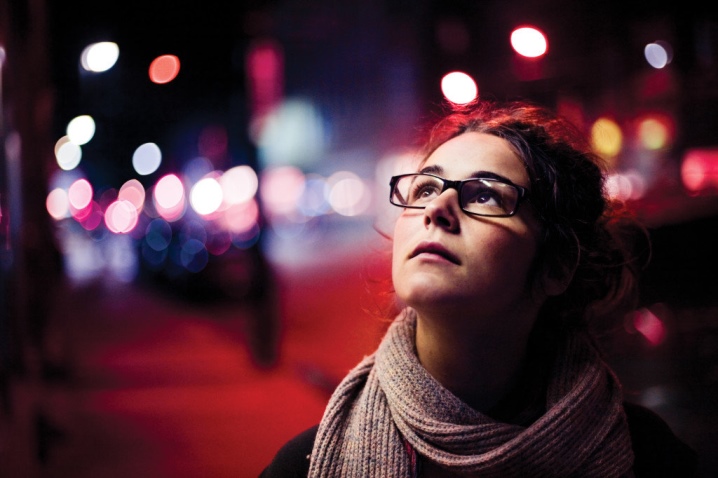
To get beautiful shots with optimal bokeh, you need to open the aperture as much as possible, which will give even circles in the out-of-focus area.
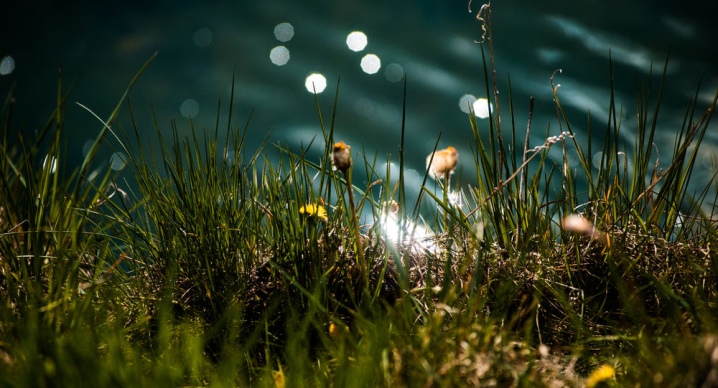
Sharpness
In order to get clear pictures, the photographer must choose the correct range of sharpness by setting the appropriate digital f values. For each camera, these frames will be slightly different, but on average they will be in the range of f 6.3-f 13. The choice of which option depends on the environment and subject. If you use an aperture value lower or higher than the indicated numbers, then the sharpness will be significantly reduced. Small f-values will make the photo soft and out of focus, while f-values higher than f 13 will have a severe lack of image clarity.

It is recommended to use maximum sharpness for shooting landscapes, so the aperture is set to f 7.1, f 8, f 11... For portraits, it is recommended to set a smaller aperture so that the outlines are softer.
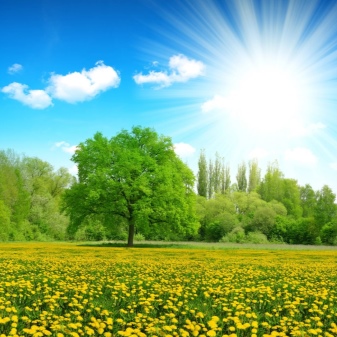
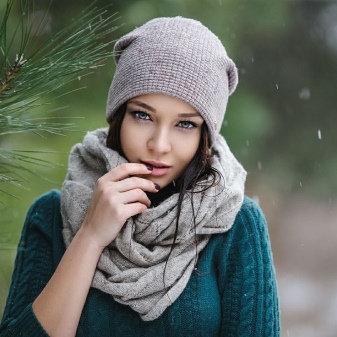
When the aperture is open, more light enters the lens, which makes it possible to smooth out the transitions between light and dark areas.
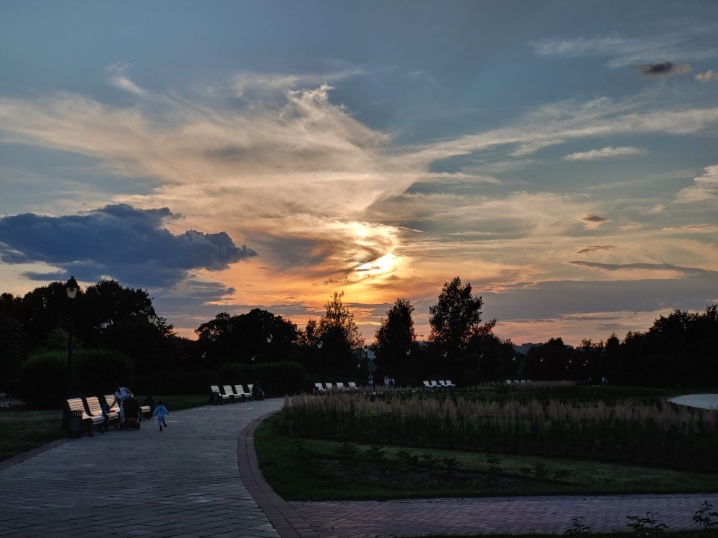
Using quantities
To properly adjust the aperture on the camera, you must follow these rules.
- Examine the specifications of your lens and the maximum aperture values recommended for landscape shots.
- For portraits, it is worth opening the aperture, covering it 2/3 of the maximum open state. This setting will allow you to focus on the face, making the background blurry. It is not recommended to open the flaps completely, as this will impair the quality of the picture.
- For shooting in the dark or in rooms with low light, you need to open the aperture, which will reduce the shutter speed and make the shots clearer.
- When shooting groups of people, the best option would be to use average aperture values, which will maintain sharpness and prevent the loss of individuals or important elements in the photo.
- For shooting in the dark, an important component is a tripod, without it the photo is blurry. If it is not possible to use it, you can open the aperture a little more, which will reduce the sharpness, but will allow you to take a good shot.
- To take pictures with depth of field in macro mode, you can close the aperture down to f 22-f 32.
- To shoot moving objects, you need to set the shutter speed as fast as possible and open the aperture.
- When shooting outdoors in clear sunny weather, you need to cover the lens aperture.

In order to confidently use cameras and get beautiful pictures in any conditions, it is important to be able to control the aperture, on which the quality of the frame depends.
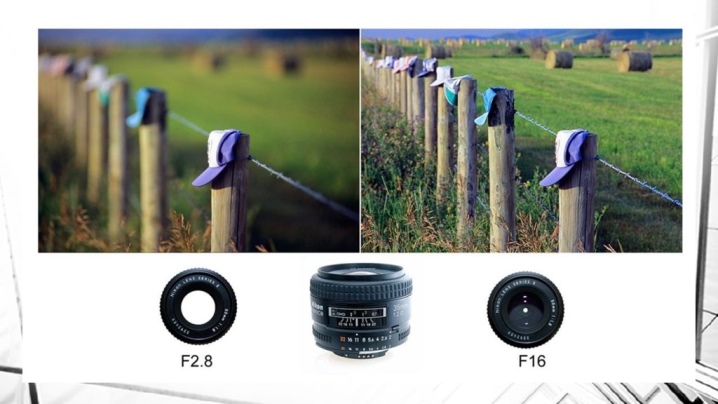
In order to understand what values should be used in certain cases, there is a table with explanations.
Aperture numerical value | In which case is used |
f 1.4 - f 2 | For portraits where DOF will be "soft". It is important to keep an eye on the focus of the frame. They are used in case of a strong light deficiency, when it is not possible to take a good shot using the shutter speed and ISO settings. |
f 2.8 | Used for portraits in low light conditions. The focus is easier to adjust, the image quality is increased. |
f 4 - f 5.6 | Can be used for full body shots or landscapes. A special feature is the ability to make certain areas fuzzy. |
f 8 - f 11 | Optimum for landscape photography, as the aperture is the sharpest. Can be used for group shoots to take high-quality and sharp photos of all participants in the photo session. |
f 16 | Used for photographs with maximum depth of field provided a sufficiently long lens. |
f 22- f 32 | Suitable for close-ups and rarely used. |
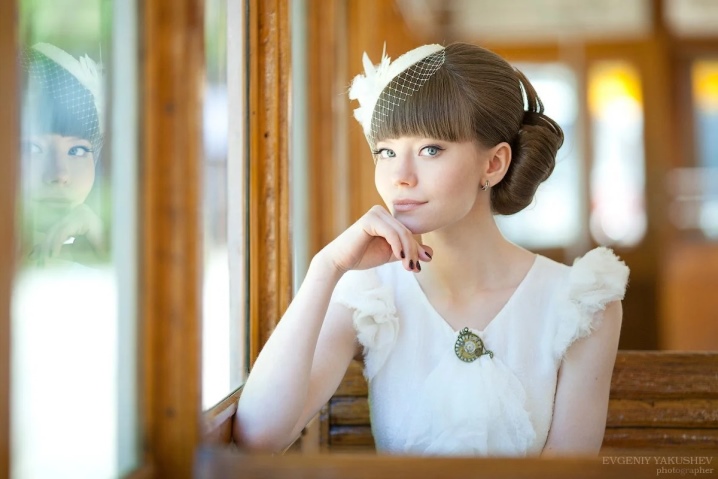
Each photographer must master the operation of all aperture modes, understand the difference between them and the appropriateness of using each option in certain conditions. With a serious approach to the craft of a photographer, you can quickly master the basics and practice in obtaining beautiful, and most importantly, high-quality photographs.

For more information on the aperture of the camera, see the video below.













The comment was sent successfully.